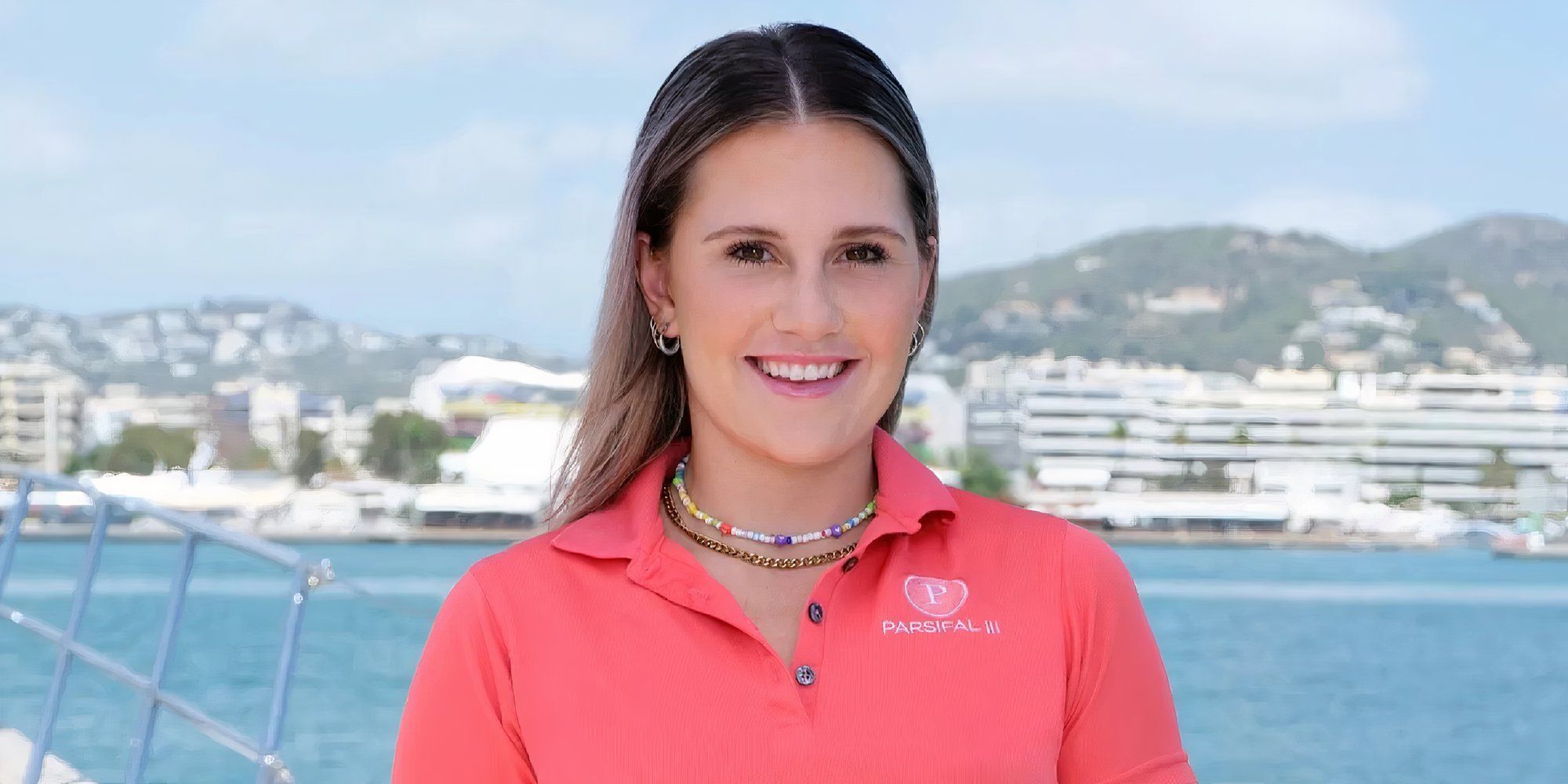Greek-American opera superstar Maria Callas is the subject of Pablo Larrain’s latest feature. “Maria,” starring Angelina Jolie, picks up with Callas at the end of her life, as she mourns the end of her career.
The film, now streaming on Netflix, is mapped with flashbacks showing snapshots of her stardom; performing at La Scala and other opera houses around the world, adored by millions, and her private life, named being wooed by shipping tycoon Aristotle Onassis.
Cinematographer Edward Lachman used various film stocks to differentiate her story. 35mm was used for the main narrative, 16mm was used for her imagination, and 35mm black-and-white for her memories.
Speaking with Variety for Inside the Frame, Lachman explains why shooting on film was his preferred choice. “Film is like oil paint and digital is like watercolor,” he says, “Because we’re referencing different periods from the thirties to the seventies, it important that we shot on film to represent the world that she was part of.”
The scene where Callas meets Onassis for the first time takes place after one of her performances is a memory. “I call [this scene] a moving proscenium. We’re putting the audience in their seat at an opera watching and letting them reflect on what they’re looking at,” he says.
With the film being very much about Callas and telling the story from her point of view, Lachman says he followed her into the environment, in this case, the party. “Hopefully, you feel what she might feel,” he says.
Lachman’s camera movement was rooted in the idea that opera in the film is “heightened reality.” He says, “It creates the emotions as she even states in the film, ‘Opera doesn’t have to be realistic. It’s about the emotion.’ And that’s what I tried to do in the color and in the movement was create a heightened reality in the storytelling. So you felt like you were in her world.”
Lachman shot with the Arri 435 ES 3-perf camera and used the same lenses he had developed for Larrain’s black-and-white vampire film, “El Conde.” He explains, “The coatings would give a period feel to it.” Additionally, shooting on film “gave a depth to the image that you don’t get when it’s digital and pixel-fixated on one plane. You feel it’s subtle, but you feel there’s a difference in the depth of the image.”
The scene itself was shot in a library in Budapest, where the majority of the shoot took place. However, for this particular scene, Lachman says he was limited in where he could place lights. “So much of the lighting is always from practicals. There were candelabra bulbs. And I upped those from 15 watts to 40 watts, and that was enough exposure to shoot in black and white.” Lachman continues, “We shot with black and white negative film, which again, we were fortunate enough that the lab in Budapest still processed black and white film.”
In certain places, he covered them with white Chinese lanterns that were made from paper so he could screw in bigger bulbs just to “up the wattage of the area.”
Shooting against the white walls proved complicated but Lachman found that covering the balls with black plastic provided a workaround.
The film was ultimately about Maria and her mind. Lachman credits Jolie’s performance for creating a mystique to the film which he sought to capture in every frame. “That’s Angelina and how she played the part where she isn’t giving everything away about her feelings of what she thinks about a situation.” He notes, “You see what she thinks, how she expresses herself, but you don’t see it necessarily articulated. I think that’s the strength of the performance and the way Pablo [it] edited to construct the interior world.”
Watch the video above.









 English (US) ·
English (US) ·